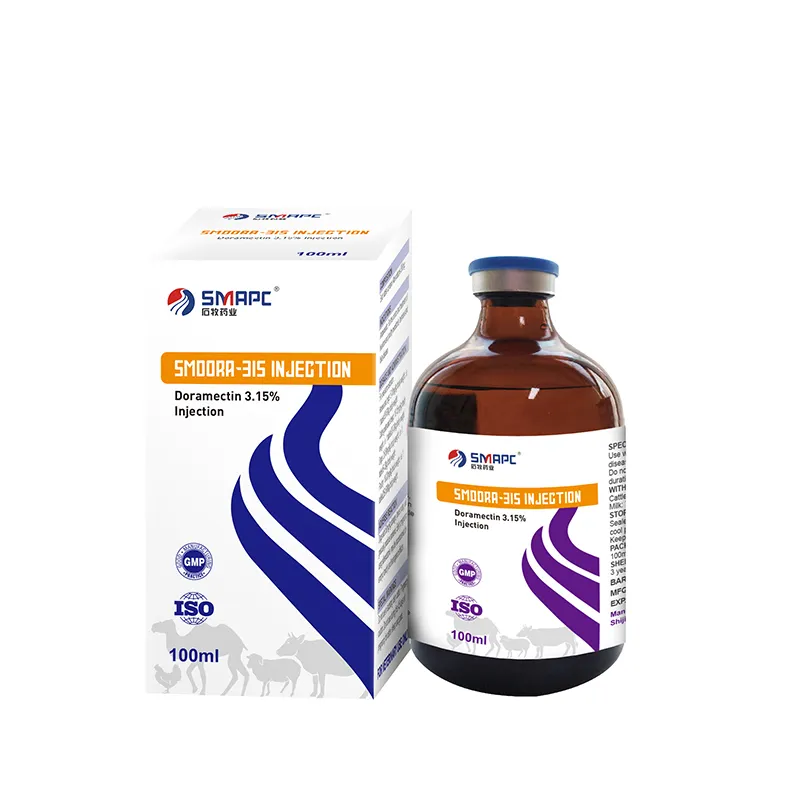3. Omega-3 Fatty Acids While not a vitamin, omega-3 fatty acids are important nutrients that can help manage inflammation and improve kidney health. Found in fish oil, these fatty acids have been shown to have a beneficial effect on kidney function in dogs. They may also help reduce proteinuria (excess protein in the urine), which is a common issue in dogs with kidney disease.
vitamins for dog with kidney disease



